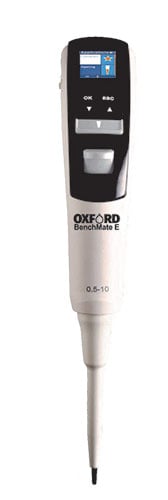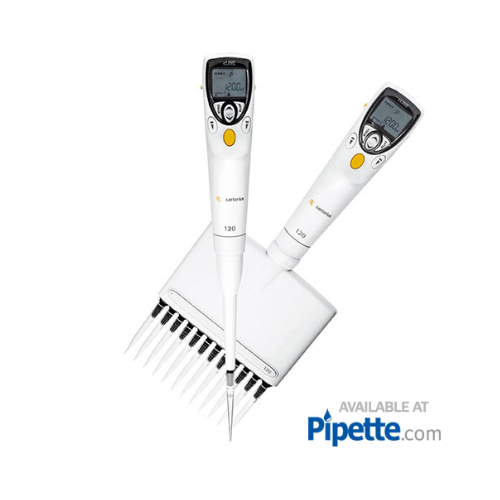The pipette is to a scientist, what the pen is to a writer. It is an instrument that is used daily and routinely in biological and pharmaceutical related labs. Pipettes come in all sorts of shapes and sizes, and with a variety of different technologies incorporated into the design. One of the most significant advances in pipetting technology was the advent of electronic pipettes, which have revolutionized liquid handling in the modern lab.
Time Saving
One of the primary benefits of electronic pipettes is how much they can increase productivity in the lab. Scientists have a limited amount of time to spend in the lab each day, and any advantage that can reduce the amount of time spent pipetting and free up that time for other tasks is beneficial. Further to this, certain protocol steps require reagents to be added to reaction wells across a 96 well plate quickly while maintaining accuracy. Electronic pipettes can be o f huge benefit to scientists in these situations.
f huge benefit to scientists in these situations.
Ergonomics
There is a lot of talk about ergonomics these days. From office chairs and desk jobs to how to lift with your legs and not your back, people have become much more aware of how important ergonomics is to overall wellbeing. In science, Repetitive Strain Injury (RSI) is the hot topic when it comes to ergonomics. Switching to electronic pipettes greatly reduces scientists’ risk of RSI, due to improved ergonomic shape and design, and due to reduced thump activity requirements during prolonged and repeated pipetting. Although many electronic pipettes are heavier than their mechanical counterparts, some electronic pipettes are extremely light, such as the Oxford Lab Products BenchMate E.
Accuracy & Precision
Due to the digital display and motor operation, you can be confident that your electronic pipette will dispense the volume you have selected accurately and reproducibly. This is hugely important for the reproducibility of experiments and the accuracy of your result.
Reduced Sources of Human Error
Having the majority of the pipetting process automated in electronic pipettes means that the possibility and likelihood of human error is reduced. User to user variability, to a great extent, is taken out of the equation, meaning that data and results become more reproducibly.
Ease of Use
An electronic pipette requires much less hand movement and effort to carry out the same liquid handling tasks as a manual pipette. This provides an easier and more effortless user experience for scientists, while maintaining or even increasing accuracy and precision.
Features and Efficiency
The multitude of features available on electronic pipettes also help to greatly increase efficiency and ease of use. Most electronic pipettes come in both single and multichannel formats. The have multiple pipetting modes including pipetting, reverse pipetting, mixing, diluting and multi-dispensing, and even allow users to save their favorite programs for quick and easy selection.
Charging & Uninterrupted Usage
Many electronic pipettes now have charger stands available. Meaning that your pipette is charging while you are not using it, ensuring that you never run out of battery and enjoy uninterrupted usage, just as you would with a manual pipette.



